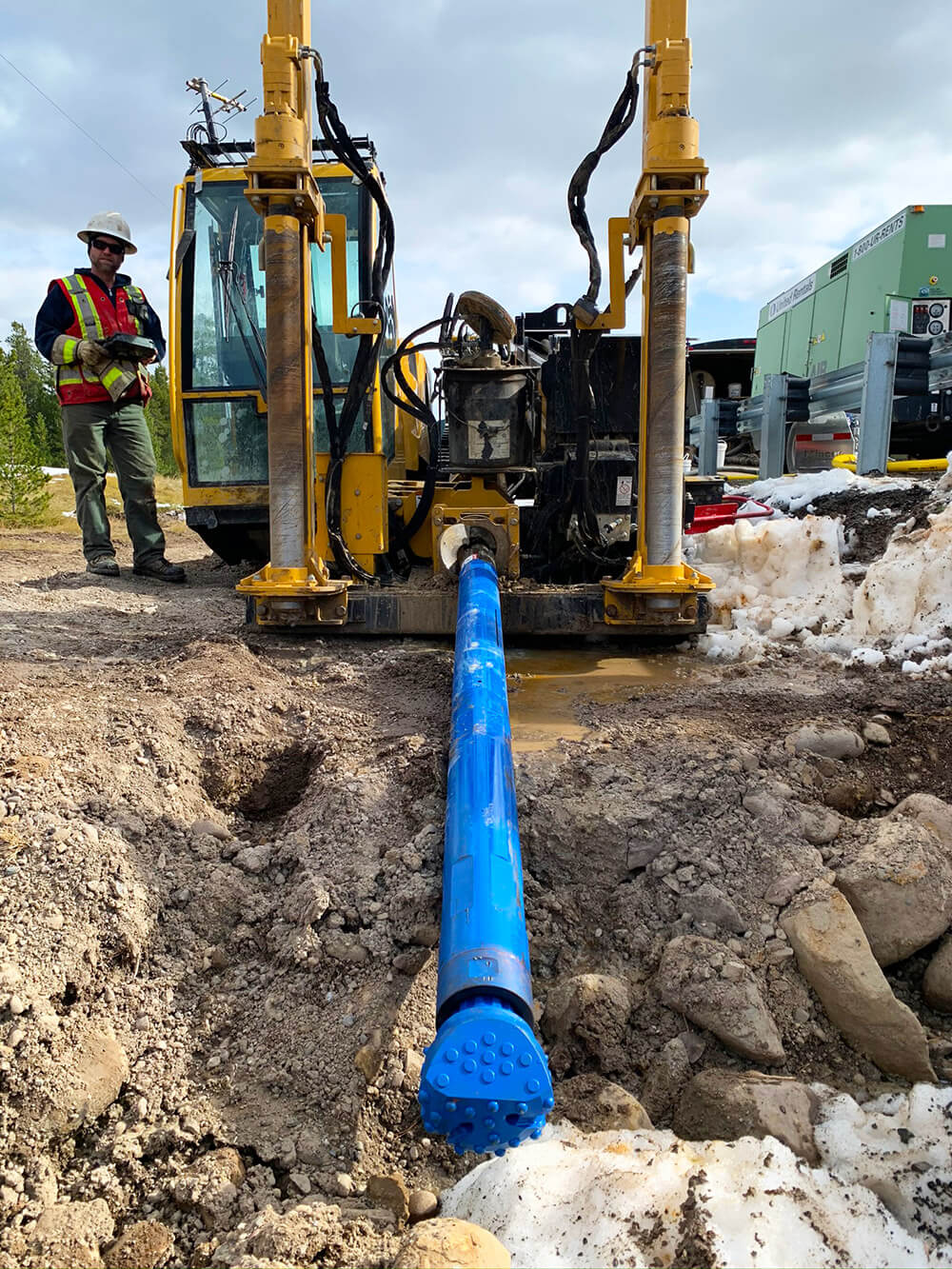Directional Drilling: Addressing Issues in Regional Diversity

Directional boring has emerged as a transformative technology in the realm of natural resource extraction and infrastructure construction, enabling initiatives that were once regarded too difficult or environmentally risky. As city growth and energy consumption continue to rise, the need for cutting-edge drilling techniques has never been more important. https://notes.io/wGKzH provides the ability to reach underground resources with pinpoint accuracy but also addresses the issues posed by geographical variation and fragile environments. Understanding how directional drilling works is crucial for navigating the diverse landscapes of energy manufacturing, utility implementation, and urban planning.
In this piece, we will investigate the evolution of directional drilling technology, emphasizing its applications in various industries such as energy, sustainable energy, and building. We will discuss the different types of directional drilling, the machinery used, and the methodical steps involved. From the advantages of lessening surface interference to the environmental benefits of employing these techniques, the insights offered here will highlight the key role directional drilling plays in modern engineering works. Whether you are a seasoned professional or just starting out in the field, this detailed guide aims to link between theoretical knowledge and hands-on application in a world that increasingly relies on effective and green drilling solutions.
Comprehending Angled Drilling
Directional drilling is a process that enables drillers to manage the angle and direction of the borehole during the drilling operation. This method exists in contrast to traditional straight drilling, allowing operators to reach multiple targets from a unified surface location. By guiding the drill bit through the subsurface with precision, directional drilling not only improves resource extraction but also reduces the environmental footprint.
The advancement of horizontal drilling technology has been marked by significant advancements, including the development of more advanced drilling fluids, mud motors, and downhole tooling. These improvements have boosted the effectiveness and accuracy of drilling operations, making it feasible to navigate complex geological formations and access resources that were once considered unreachable. As technology continues to develop, the applications of angled drilling have grown across various sectors, spanning oil and gas, utilities, and renewable energy.
Grasping the distinctions between straight and horizontal drilling is essential in appreciating the pros of directional drilling. Straight drilling typically involves a straight drill path, while angled drilling can lengthen the reach of a borehole significantly. This versatility allows for better resource recovery and presents a calculated approach to managing land use, particularly in city areas where surface disruption must be reduced. Through horizontal drilling, operators can efficiently address challenges posed by geographical diversity while guaranteeing the safety and effectiveness of their projects.
Benefits of Directional Drilling
Horizontal drilling offers substantial advantages compared to conventional drilling techniques, especially by reducing surface disruption. This technique allows for drilling at various angles and depths without the need for extensive surface clearing, that is particularly beneficial in urban and environmentally sensitive areas. By reducing the surface impact, directional drilling conserves the landscape and limits the ecological footprint associated with drilling operations.
Another key gain is the productivity it contributes to projects. Directional drilling frequently requires less time and fewer resources than conventional drilling techniques. With the ability to reach several targets from a single entry point, operators can execute projects more quickly and economically. This time-saving aspect results in lower costs and increased productivity, making directional drilling an appealing option for multiple industries including oil, gas, and utilities.
Additionally, directional drilling improves the security and precision of drilling operations. State-of-the-art technologies and techniques allow for accurate bore path planning and real-time monitoring, that reduces risks related to drilling in complex geological formations. This precision not just ensures the integrity of the drilling operation and additionally lessens potential hazards, ensuring a safer working environment for operators and surrounding communities.
Upcoming Innovations in Directional Drilling

The future of horizontal drilling is poised to be revolutionized by technological advancements that enhance precision and efficiency. Advancements in boring programs and sensor techniques are opening the way for instantaneous data analysis, allowing operators to make educated decisions throughout boring operations. The integration of artificial intelligent systems and automated learning is expected to streamline boring operations, predict equipment failures, and enhance bore paths, thus reducing downtime and lowering costs.
As the need for sustainable infrastructure grows, directional drilling is adapting to meet these ecological challenges. New methods are being created to utilize eco-friendly drilling fluids and techniques that further minimize surface impact. Horizontal Directional Drilling Dublin Ireland on sustainability aligns with the global movement for renewable power options, where horizontal boring is proving essential in the installation of wind farms and earth energy systems, showcasing its versatility across multiple applications.
Moreover, the workforce in horizontal drilling is set to evolve with the implementation of advanced training programs focusing on the newest techniques. As automation and digital tools become essential to boring operations, training the future generation of directional operators in these areas will be vital. The focus on training will ensure that the sector continues to draw in qualified workers who can adjust to the rapid shifts, ensuring that directional boring remains at the leading edge of contemporary technical solutions.
